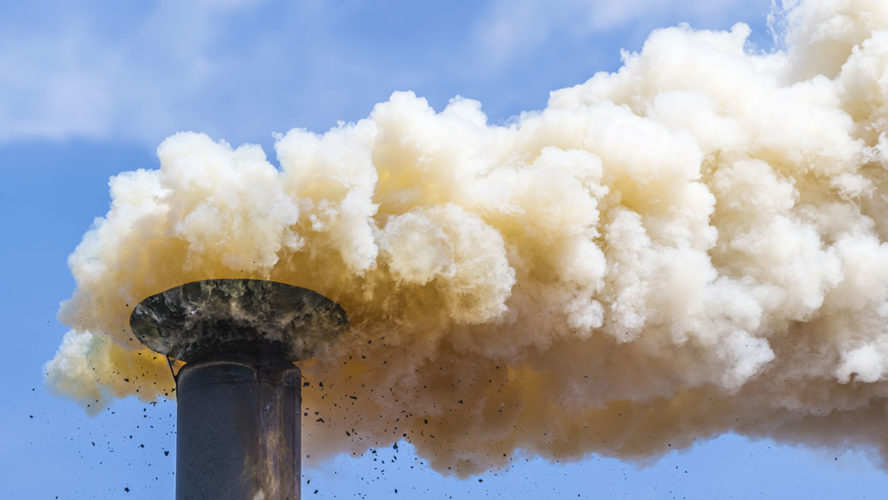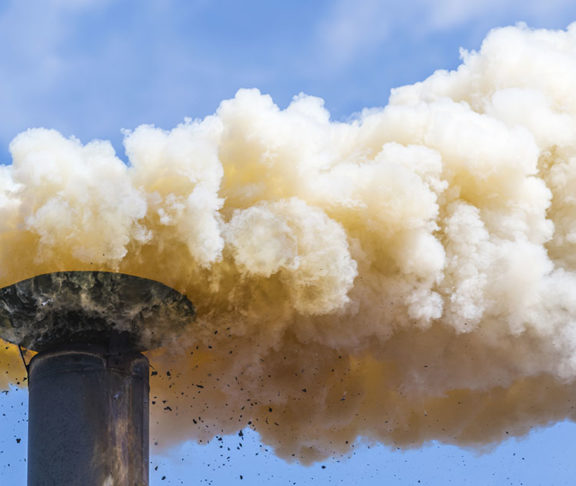The COVID-19 pandemic has underscored the importance of lung health and brought to light the disproportionate health burdens that many communities of color face, including health issues resulting from exposure to air pollution.

Stephanie Lovinsky-Desir, M.D., M.S.
Pediatric Pulmonologist, Volunteer Medical Spokesperson, American Lung Association
While everyone’s health is at risk from breathing air pollution, the burden is not equally shared. Research shows Black and Brown Americans are more likely to be exposed to air pollution, and are more likely to suffer harm to their health from air pollution than white Americans. In fact, people of color are over three times more likely to be breathing polluted air than white people.
Consider these facts:
- The American Lung Association’s “State of the Air” report found that despite nationwide progress on cleaning up air pollution, more than 40 percent of Americans — over 135 million people — are living in places with unhealthy levels of ozone (also known as “smog”) or particle pollution (also known as “soot”).
- Almost 70 million people of color live in counties that received at least one failing grade for ozone and/or particle pollution.
- Nearly 14 million people of color live in counties that received failing grades on all three air pollution measures: ozone, short-term particle pollution, and annual particle pollution.
These two most common types of air pollution, ground-level ozone pollution and particle pollution, can cause premature death and other serious health effects, such as asthma attacks, heart attacks, and stroke, and are linked to developmental and reproductive harm. Particle pollution can also cause lung cancer.
With a wide range of doctors, specialists and hospitals, you can find care wherever you live or work. Blue Shield of California’s PPO, HMO, dental, and vision networks are among the largest in California.
On top of that, people of color are also more likely than white people to be living with one or more chronic conditions that make them more vulnerable to the health impact of air pollution, including asthma, diabetes, and heart disease. New research shows that exposure to elevated levels of air pollution is linked to worse health outcomes from COVID-19, including higher death rates.
What is causing these disparities?
Much of this inequity can be traced to the long history of systemic racism in the United States. This includes discriminatory practices, such as the deliberate disinvestment in neighborhoods of color by mortgage lenders.
Over the years, decision-makers have found it easier to place sources of pollution, such as power plants, industrial facilities, landfills, and highways, in economically disadvantaged communities of color than in more affluent, whiter neighborhoods. This has resulted in disproportionate exposure to air pollution, which has contributed to high rates of illness from asthma and other diseases.
What can be done?
Reversing systematic health inequities and cleaning up air pollution is no easy feat. It requires action from the federal, state, and local levels. Individuals can make a difference, too. The American Lung Association offers tips to protect yourself from air pollution, and ways that you can get involved to make a change. Visit Lung.org to get involved.



